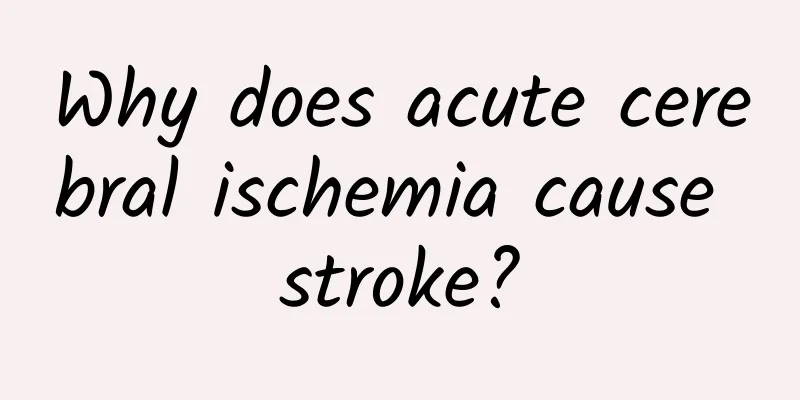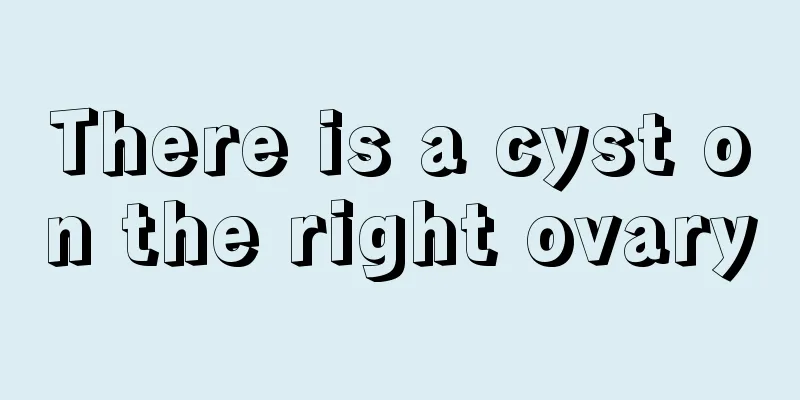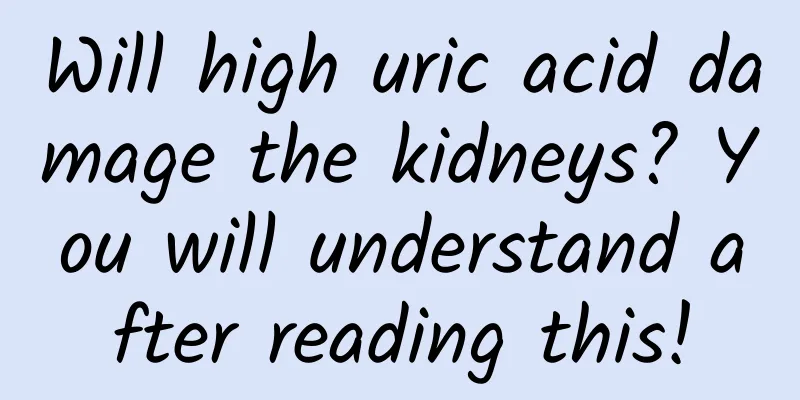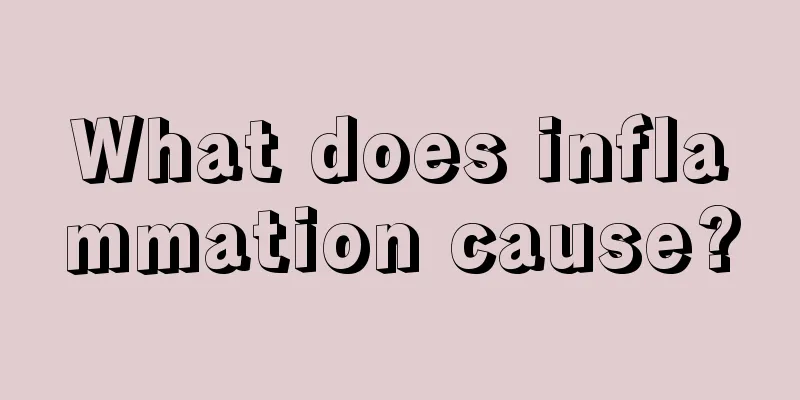Why does acute cerebral ischemia cause stroke?

|
I. Ischemic Stroke Ischemic stroke is the most common type of stroke. An ischemic stroke occurs when an artery in the brain is blocked. There are two types of ischemic stroke: (i) Embolic stroke: A blood clot or plaque fragment forms in the heart or in the large arteries leading to the brain, moves with the blood flow in the arteries to the brain, blocks blood vessels in the brain and causes a stroke. (ii) Thrombotic stroke: Thrombotic stroke is a blood clot that forms in the blood vessels of the brain and does not move with the blood flow. The blood clot will interrupt blood flow and cause a stroke. 2. Acute ischemic attack (TIA) If an artery in the brain or an artery leading to the brain is blocked for a short time, blood flow can slow or stop. This can cause a transient ischemic attack, sometimes called a mini-stroke. The main symptoms of a transient ischemic attack include: (i) Numbness, weakness, or paralysis of the face, arms, or legs, usually on one side of the body. (ii) Loss of vision or diplopia in one or both eyes. (iii) Difficulty speaking or understanding others. (iv) Loss of balance or coordination. (v) Severe headache of unknown cause. When a transient ischemic attack occurs, the arteries either become unblocked after a short time or new pathways are created to ensure adequate blood flow to the brain. Although the symptoms of a transient ischemic attack are short-lived, they are a serious warning that you may or will have a stroke. III. Assessment Basis of Ischemic Stroke - Patency of Blood Flow in Arteries 1. Unimpeded access Blood flows easily through unobstructed arteries. (ii) There is obstruction Arteries may become blocked by plaque (a fatty substance in the artery walls) or blood clots, which can reduce blood flow to the brain and cause a stroke. Atherosclerosis is caused by a buildup of cholesterol or plaque. 3. Dissolution of blood clots Transient ischemic attacks (TIAs) have the same signs and symptoms as strokes, but they last only a short time. Because the plaque or blood clot breaks up and blood flow gradually resumes to the brain, no permanent damage to brain cells occurs. However, TIAs are often a precursor to acute strokes and need to be assessed by a doctor to determine the risk level. 4. The impact of blood supply on brain tissue If a blood clot blocks an artery in the brain, brain cells begin to die in areas of downstream brain tissue that do not have adequate blood flow. 5. How to locate the location of cerebral vascular obstruction - arteriography Your stroke center doctor will take an X-ray of your brain, called an arteriogram or angiogram. A dye is injected into the blood vessels leading to the brain. The dye shows up on the X-ray and helps locate blocked, narrowed, or damaged blood vessels in the brain. |
Recommend
The reason why women are getting thinner
Most female friends are very sensitive. In some c...
Can purslane be dried without blanching? How to eat purslane after drying for the best nutrition
Purslane is very common in rural areas. Because i...
What is postpartum frigidity?
Postpartum sexual apathy is a phenomenon that man...
Which is more harmful, curettage or abortion?
Both uterine curettage and artificial abortion ar...
Treatment for brown discharge during 7 weeks of pregnancy
Problems such as brown discharge at seven weeks o...
How many days after scar pregnancy surgery will I be discharged from the hospital?
Scar pregnancy refers to the situation in which t...
How to soak fennel seeds in water? How to eat fennel seeds
Fennel seeds are a kind of food with health and w...
How to tighten your belly after giving birth
Pregnancy is the happiest event in every mother&#...
Infertility after miscarriage
In real life, some female friends will choose to ...
A complete collection of winter soup recipes, save them for your family!
There are different principles and considerations...
Throw away the pain of obstetric incision
Giving birth after ten months of pregnancy is sup...
What else can we do for the various symptoms of mild COVID-19 besides taking medicine?
Recently, multiple versions of the "COVID-19...
Will taking menstrual regulation medicine during pregnancy cause miscarriage?
Nowadays, freedom of men and women is advocated, ...
I have redness in my stomach, like menstrual cramps
Pregnancy is a very happy thing for many families...
How painful is it for girls to have their periods?
Although female friends have menstruation every m...









